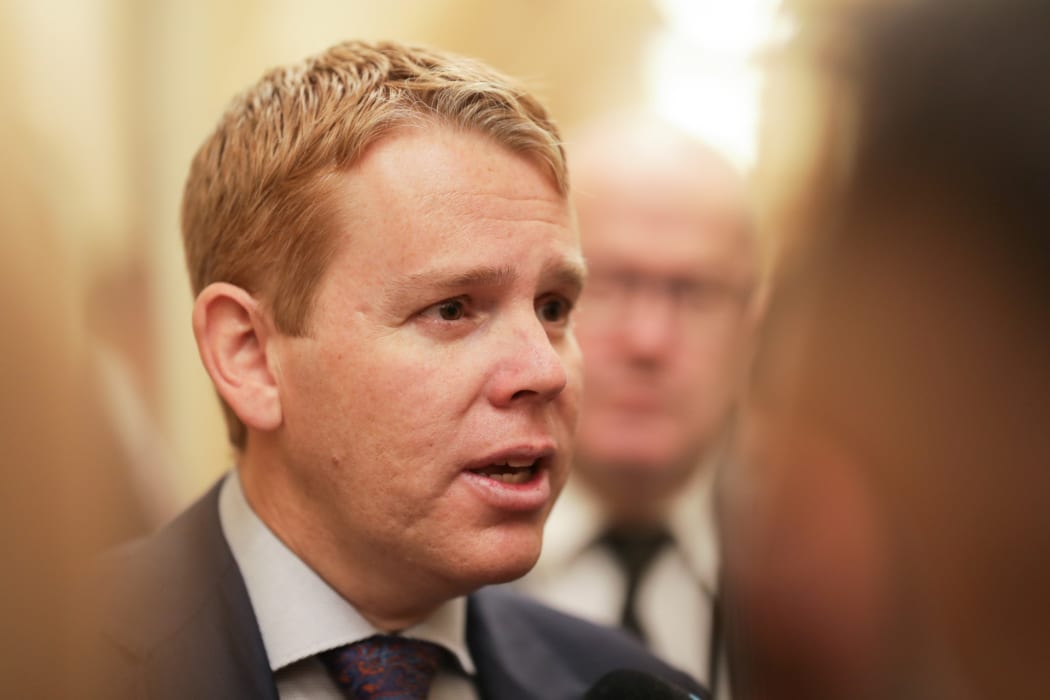Some decile 1 schools have fewer disadvantaged students than decile 10 schools, the first run of a new system for allocating equity funding to schools has found.

Education Minister Chris Hipkins Photo: RNZ / Dom Thomas
The figures from a Ministry of Education report on the Equity Index indicate some schools could be in for a shake-up when it is used to allocate equity funding.
The report said the Equity Index defined disadvantage as the 25 percent of students most at risk of not achieving NCEA level 2 based on indicators such as their mother's age at their birth, parental income and transience between schools.
It said 7 percent of schools drew 70 percent or more of their students from the at-risk group and most of those schools were in deciles 1 and 2, though it also included one decile 9 school.
The report showed results from the first iteration of the model found higher proportions of disadvantaged students in lower decile schools than in high-decile schools, but the concentration of disadvantaged students did vary significantly even between schools of the same decile.
For example, at most decile 1 schools more than half the students were disadvantaged, but for a handful, the concentration was as low as 20 or 30 percent, proportions also found in a few decile 10 schools.
"The schools we currently consider as similar based on their decile do not necessarily have similar levels of disadvantage," the report said.
"Some low decile schools have surprisingly low proportions of disadvantaged students and some high decile schools have significant proportions of disadvantaged students."
Education Minister Chris Hipkins confirmed some currently high decile schools could receive more equity funding under the new model.
"If they've got high concentrations of students who are disadvantaged according to the terms of the equity index then a high decile school will get more funding, but that's not going to be at the expense of currently lower-decile schools who have got high concentrations of disadvantage," he said.
Mr Hipkins denied the system would shift funding from low to high decile schools, but said it was possible that some lower-decile schools would lose funding.
"There will be some swings and roundabouts, there might be some change at the margins for some of those lower decile schools who actually don't have as high a proportion of disadvantaged students as the decile ranking might suggest they do."
Mr Hipkins said schools' equity funding fluctuated already when their deciles were recalculated.
"There's always been this movement, the key thing is making sure we're smoothing that, that we're transitioning any new funding rates over time so there aren't great fluctuations," he said.
The report said the ministry was refining the equity index model to improve its reliability.
The work included considering further indicators of disadvantage and alternative measures of success at school.






